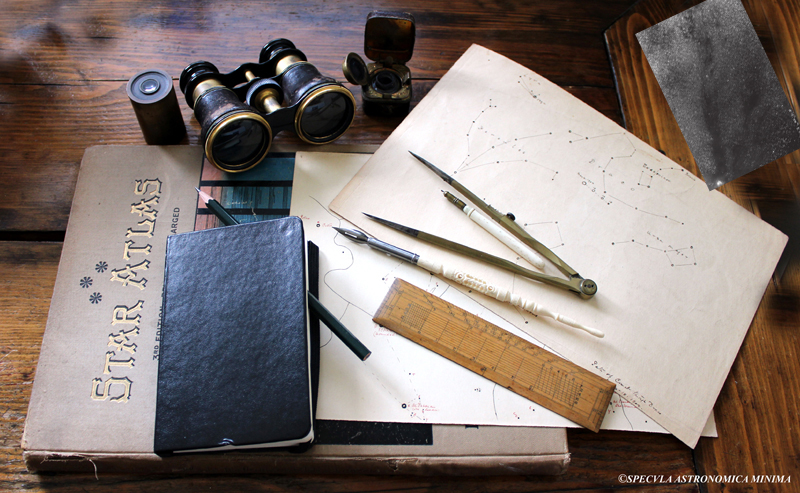The 100th Annual Meeting
of the Astronomical Society of the Pacific
The 1988 General Assembly
of the Royal Astronomical Society of Canada
The 1988 Summer Meeting
of the Western Amateur Astronomers
June 28 to July 3, 1988
University of Victoria
Victoria, British Columbia, Canada



